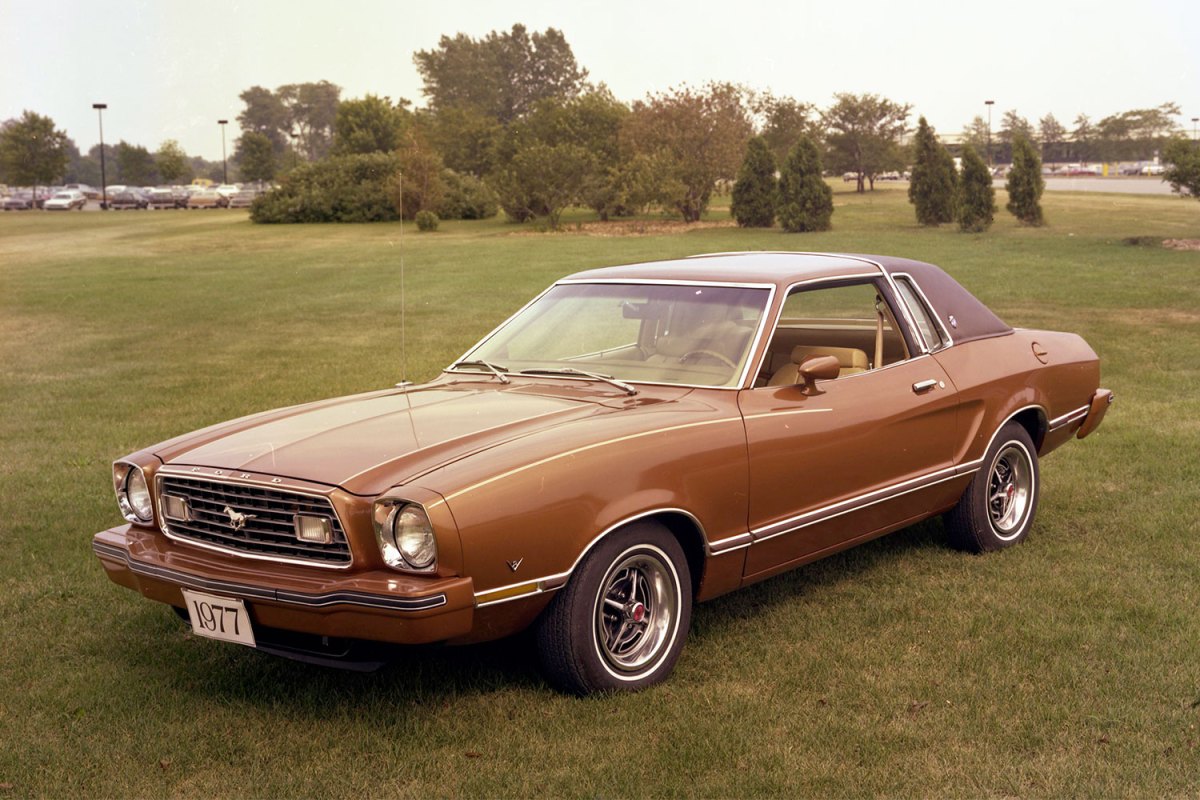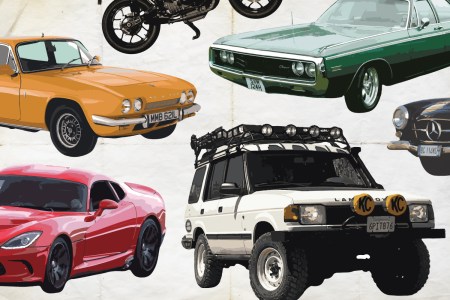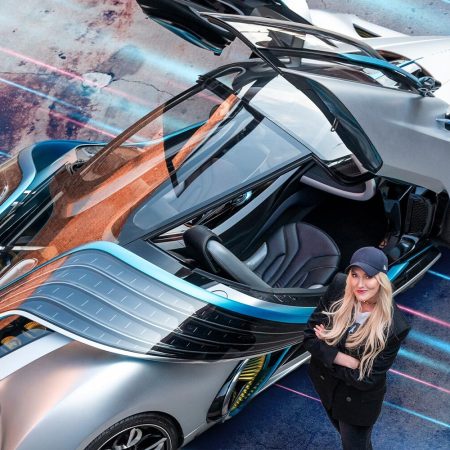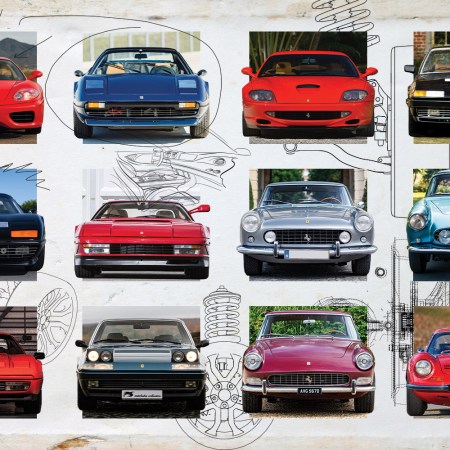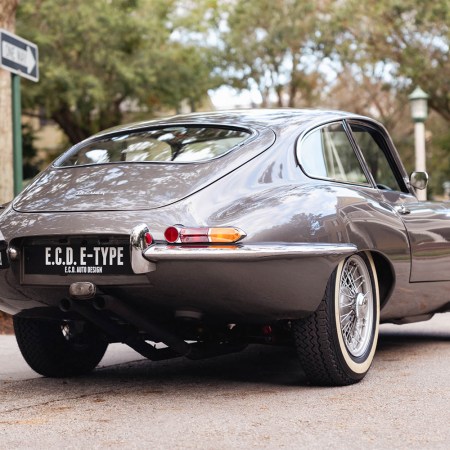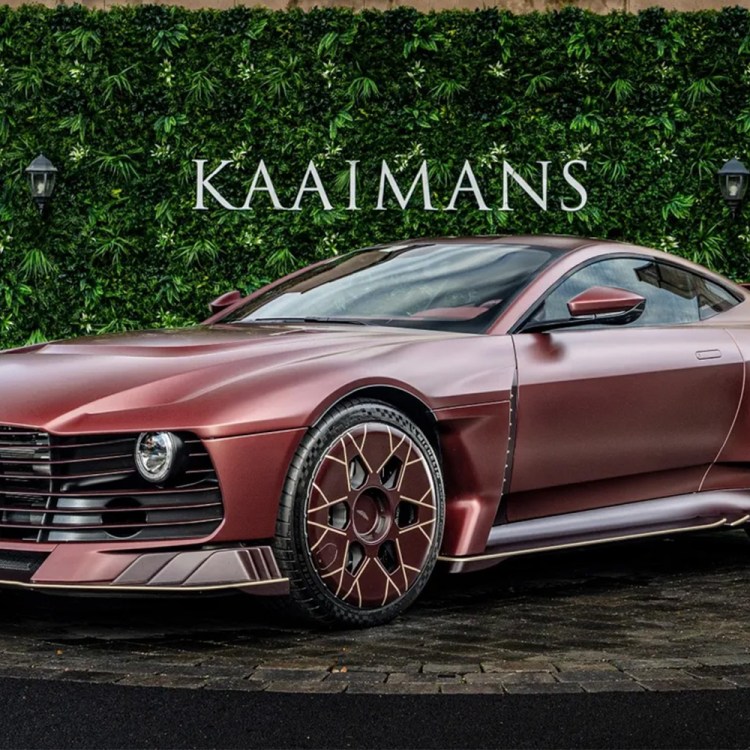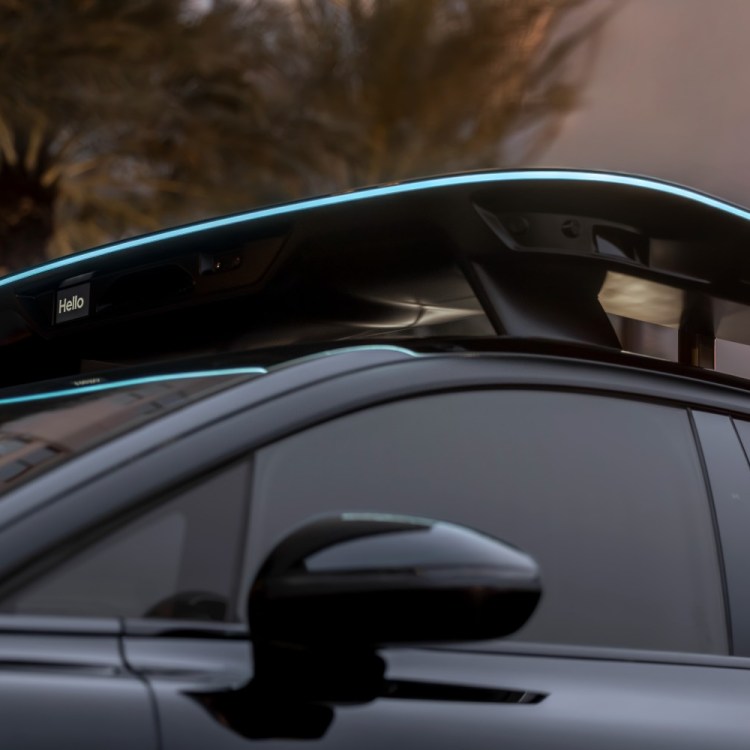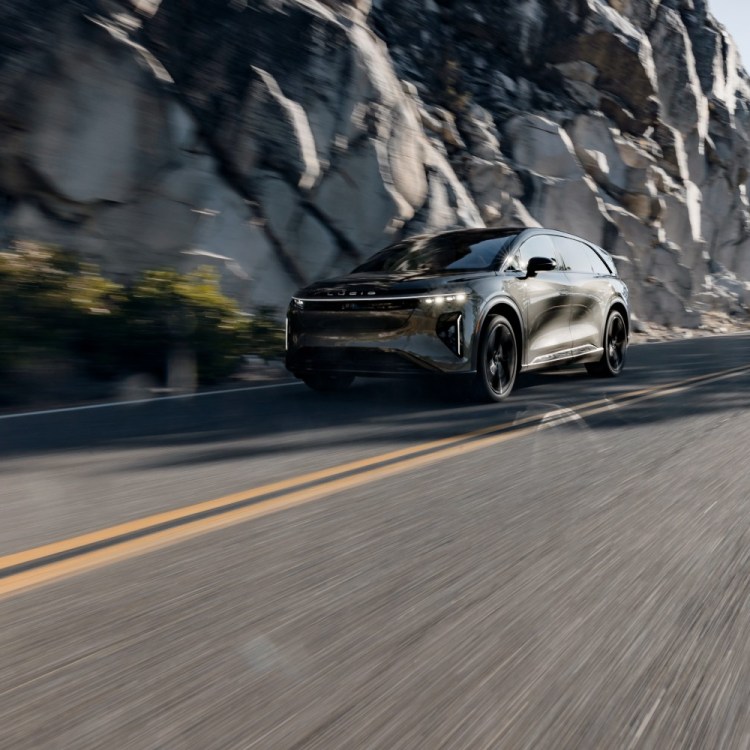April marks the 60th anniversary of the Ford Mustang, which has been in production since 1964. To recognize the occasion, InsideHook is running stories all month long celebrating, dissecting and probing the legacy of the world’s first pony car. Here’s to another 60 years.
When you ask some presumably clever folks how they’re doing, they’ll say, “Better than most, not as good as some.” If I can borrow that for automotive purposes, I’ve owned more Ford Mustangs than most, not as many as some.
There are always the Jay Leno types out there with extensive car collections that might include a mini-fleet of the world’s first pony car. In my case, I took them into my humble stable one at a time. The more modest approach gave me time to get to know each of my steeds personally — for better or worse.
Even though some members of my herd sailed from the Island of Misfit Mustangs, that didn’t prevent each of them from taking on special significance in my life. On the contrary, each version took on its own personality and importance depending on where life found me.
It’s a minor tragedy via malice of forethought that I don’t have beauty shots or even multiple photos of my former Mustangs. The first three came my way well before the dawn of smartphones and their ever-present cameras, and I was always too focused on shooting images of cars I was assigned to review to grab a few choice Daguerreotypes of my own rides. So, I have to rely on prose to capture the memories of a hopelessly romantic four-time Mustang owner.
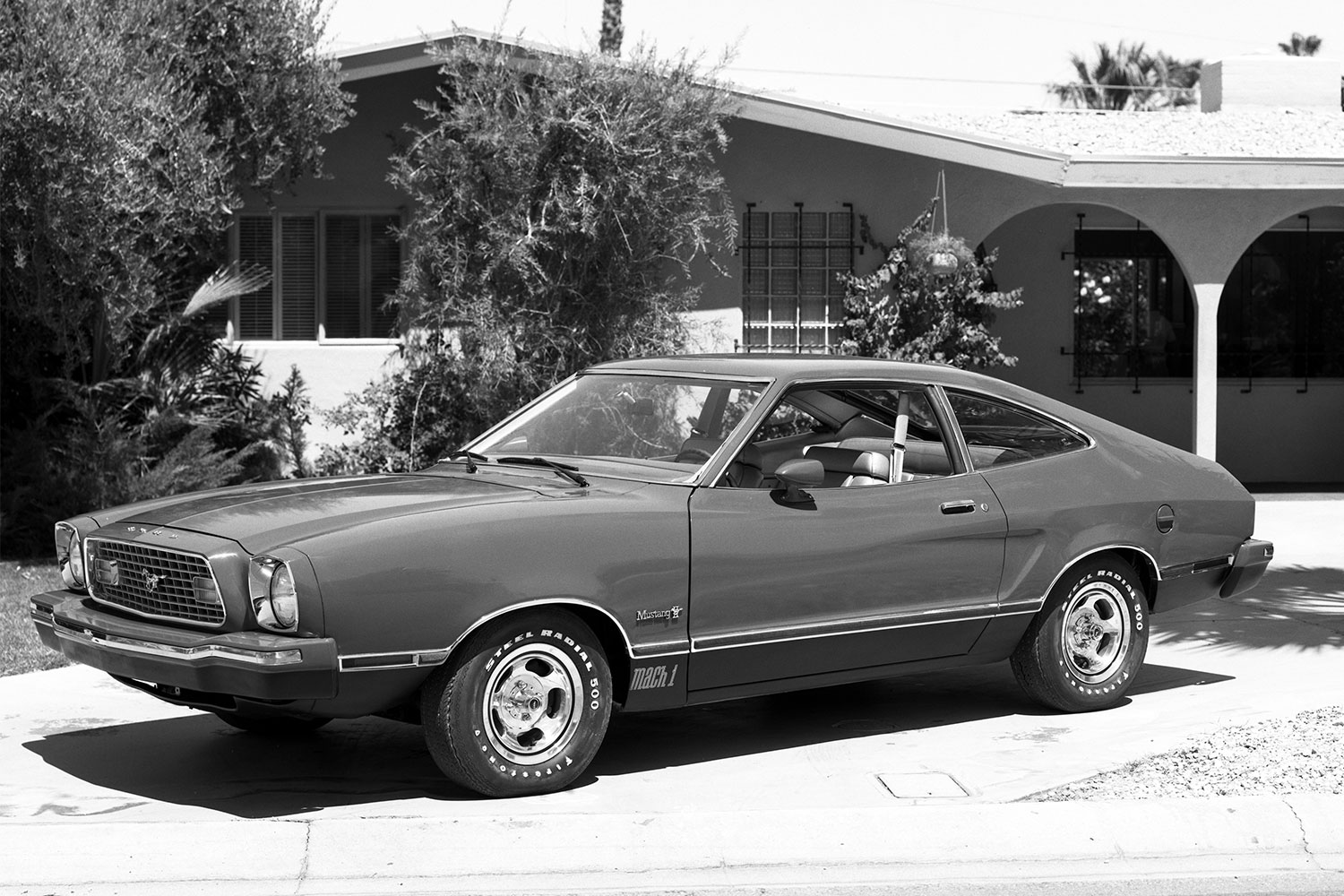
1975 Mustang II Mach 1 V8
By way of full disclosure, I did not purchase this first Mustang. I inherited it from my father — a man of good taste and limitless generosity. He owned it for seven years before handing it over to me on my 16th birthday. As much as he loved the four-speed manual transmission and appropriately ‘70s reddish-brown interior, he eventually adopted a Ford LTD station wagon for family transport.
I couldn’t think of a better young love than the V8 Mach 1. I look at it now and see more visual cues honoring the car’s first 10 years than many of the versions that would follow it. The door panels and taillights fit right in with the galloping pony logo, and the sweeping hood lines lent a sporty look. I’m biased by blood and bond to my first car, but I think the Mustang II Mach 1 is an unheralded 1970s classic.
The One That Got Away: Cars We’ve Loved and Lost
Twelve automotive writers and photographers on the vehicles they regret letting slip through their fingersIt was wonderful to drive with its 122 horsepower. That number might draw a giggle in this era of 500-hp power plants, but that was ample oomph through all four gears in the 1980s. The handling was powered by rear-wheel drive and controlled by a rack-and-pinion steering system that was advanced for its day.
Still, like so many love stories, this tale ends in tragedy. During the summer between my freshman and sophomore college years, I worked two jobs. I did a daily, part-time shift at a print bindery and an evening stint as a short-order cook across town. Rushing between the two gigs one warm evening, the driver in front of me on the interstate hit the brakes suddenly, for reasons I’ll never know, causing me to slam on my own binders too hard. My beloved first ride spun out and hit the freeway divider wall at freeway speed. Totaled.
I remember sitting in silence and fighting off tears as I shared the front seat of the tow truck back to the junk yard where my girl would rest in peace. Those tears flowed freely once my dad showed up to take me home.
My father insisted it didn’t matter because no one got hurt, but some injuries we can’t see. To this day, I still have the polished wood shifter ball from that car to honor both the machine and the man who gave it to me.
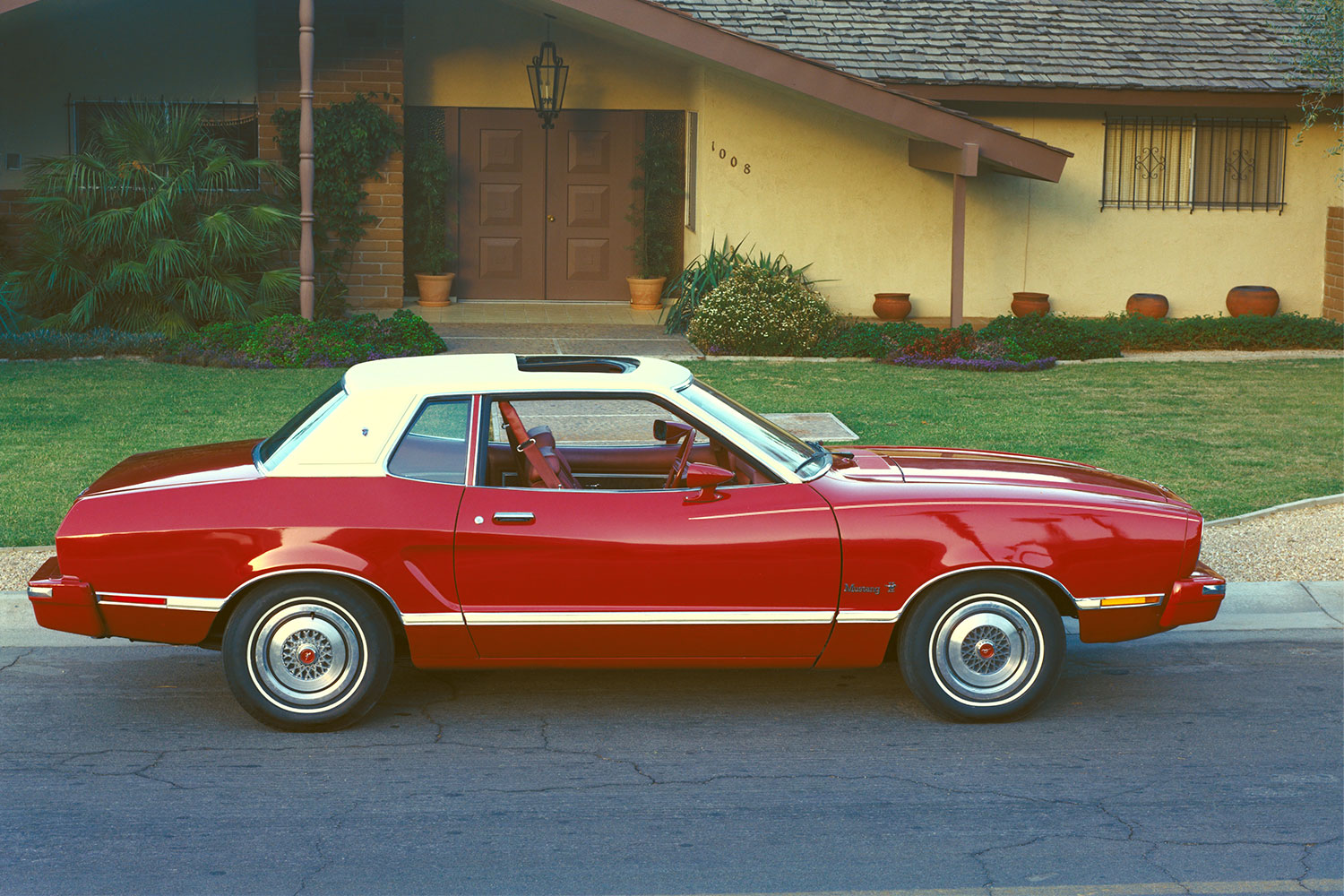
1977 Mustang II Inline-Four
Most men have at least one former girlfriend they wish they never met. Cue the 1977 Mustang II.
I bought it used on the rebound, still broken-hearted off the loss of my Mach 1 V8. The 1977 version looked great, as the original owner took fine care of it, and he added sport striping on the hood and door panels before wiring in flashy fog lights on the underbody.
As it turned out, those were Band-Aids on a broken leg. Putting a four-cylinder engine in a Mustang makes it something much less than a Mustang. (You can say the same thing about putting an electric motor in a Mustang Mach-E, and you should. I digress.) As a result, my 1977 Mustang II with its inline-four looked like a muscle car on the outside, but it drove like a malaria victim.
The car was a sad substitute for my lost Mustang II Mach 1, and I never even got to sell it off to another sucker. Its awful engine began to lose compression in the cylinders due to bad seals and it died in my family’s driveway. I unloaded it for parts and walked away from everything Ford for almost a decade.
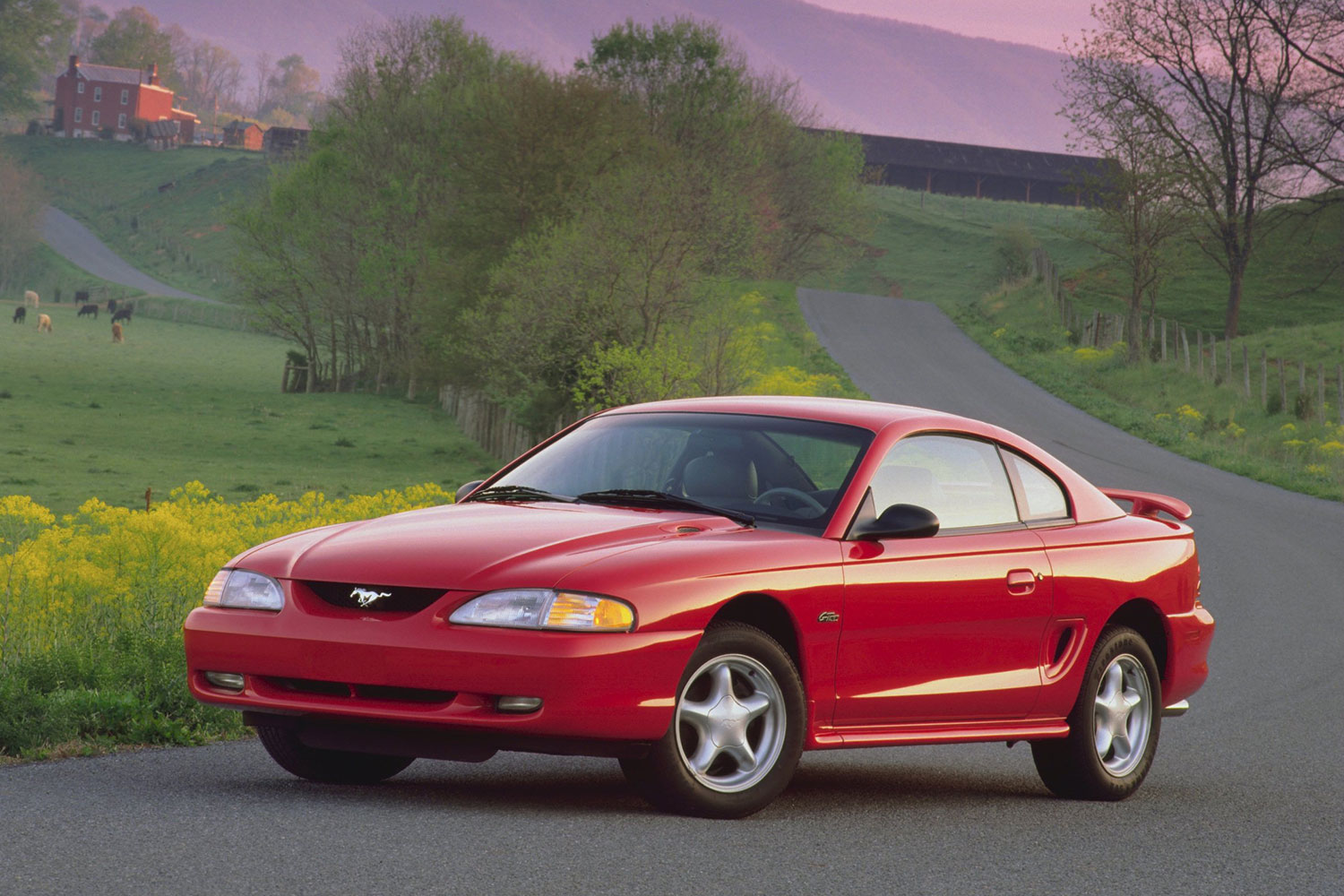
1996 Mustang V6
My first writing job out of grad school at Loyola Marymount in Los Angeles was penning the video game Command & Conquer: Red Alert at a digital studio on the western edge of Las Vegas. Those first paychecks invited me back to the Mustang family in time to enjoy its exciting 1990s redesign.
The 1980s third-generation design, known as the Fox-body Mustang, reduced an American icon into a boxy, bland mockery of automotive style. The fourth-generation made the Mustang more sleek and aerodynamic with the reintroduction of stylized door panels and muscled haunches. That re-envisioning of my favorite car species brought me back into the fold with a brand new 1996 Mustang V6.
It was silver with a manual transmission, of course — as a tribute to the Mach 1 that gave its life in my service. My dad even joined me out in Las Vegas to negotiate the sale with his artful dodgery, a priceless father-son moment that healed the loss of that long-gone 1975 build forever.
I fended off eight cylinders in favor of the V6 only for liability and collision purposes. You’ll find more affordable rates in Beirut than Las Vegas with all of its elderly drivers and foreign tourists, and two more cylinders heaped dollar signs on the insurance bill.
Regardless, the V6 served me well for 15 years and more than 150,000 miles before I sold the 1996 legend to a kid in L.A. looking to strip it out and make a custom machine from its carcass.
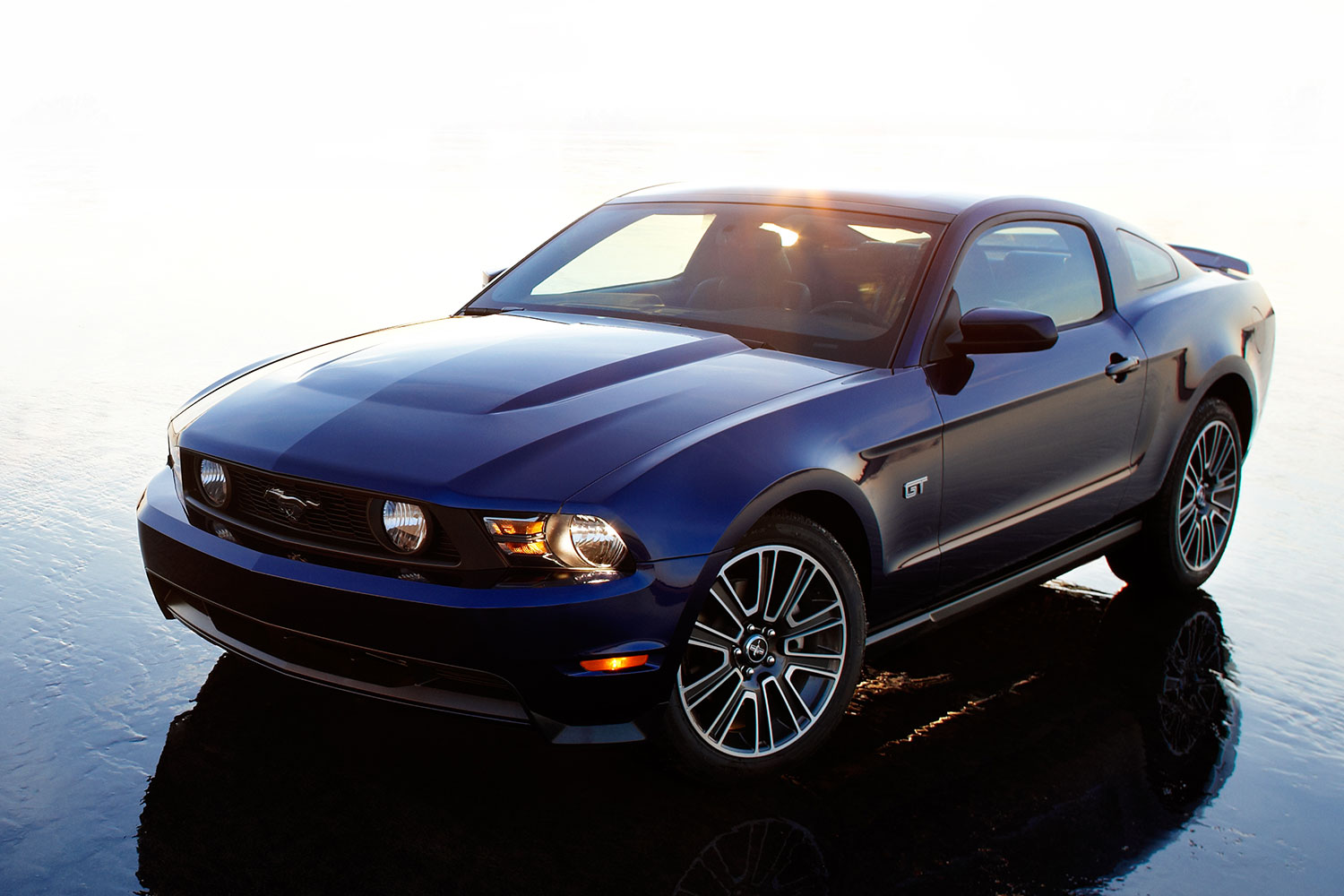
2011 Mustang GT 5.0L V8
It might be a side effect of numbing modern technology, but I have the least emotional reaction to the most advanced and best-performing Mustang I ever owned. The 2011 Mustang GT was also arguably the best-looking car I took home to date. With a six-speed manual transmission and 412 horsepower courtesy of a 5.0-liter V8, it was certainly the fastest and most powerful.
Unless you want to count its thirsty combined 20 mpg fuel inefficiency, the car never really had weaknesses. At that time, Ford respected and valued the image and history of its most historic model — promoting it as a true muscle car by packing it with cutting-edge acceleration and installing solid live axle back-end suspension on the rear-wheel drive car to provide more nimble handling.
I would often haunt the ideal driving road that is the Angeles Crest Highway outside L.A. in my black GT 5.0, and I have fond memories of somehow avoiding the CHP while pushing the machine to its limits. Oddly, the fact that it was so advanced for its time and left the analog charm of its predecessors behind made it feel like a fast car that could be replaced by any other fast car.
Maybe I just grew up by 2011, and a car was just that: a car. It was no longer a ticket to teenage freedom or a symbol of fledgling professional success. I suppose that’s why old machines live in the memories of car lovers. They represent more than four wheels and an engine. They’re friends who provided companionship between the milestones.
This article appeared in an InsideHook newsletter. Sign up for free to get more on travel, wellness, style, drinking, and culture.
